Portal:Nepal
स्वागतम् / Welcome to the Nepal Portal
|
List of fare/cuisine articles |
|---|
Did you know -
- ... that Binod Chaudhary is the first Nepali to be listed on Forbes's billionaire list?
- ... that Nepal declared a national day of mourning after the 2019 Taplejung helicopter crash?
Wiki Loves Nepal
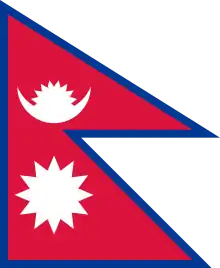 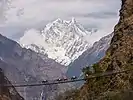 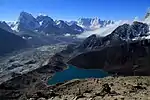 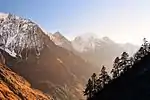 |
Wiki Loves Earth is an international photographic competition to promote natural heritage sites around the World through Wikimedia projects (mainly Wikipedia and Wikimedia Commons).
- 2018 • 2017 • 2016 • 2015 • 2014 • More information • Main category page

Wiki Loves Monuments is an international photographic competition to promote cultural monuments around the World through Wikimedia projects (mainly Wikipedia and Wikimedia Commons.
- 2017 • 2016 • 2015 • 2014 • 2013 • More information • Main category page
Provinces
General images -
The following are images from various Nepal-related articles on Wikipedia.
Topics
Related portals
Indian Subcontinent
Other countries
Recognized content
Associated Wikimedia
The following Wikimedia Foundation sister projects provide more on this subject:
-
 Commons
Commons
Free media repository -
 Wikibooks
Wikibooks
Free textbooks and manuals -
 Wikidata
Wikidata
Free knowledge base -
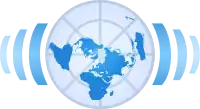 Wikinews
Wikinews
Free-content news -
 Wikiquote
Wikiquote
Collection of quotations -
 Wikisource
Wikisource
Free-content library -
 Wikiversity
Wikiversity
Free learning tools -
 Wikivoyage
Wikivoyage
Free travel guide -
 Wiktionary
Wiktionary
Dictionary and thesaurus
-
 List of all portalsList of all portals
List of all portalsList of all portals -
 The arts portal
The arts portal -
 Biography portal
Biography portal -
 Current events portal
Current events portal -
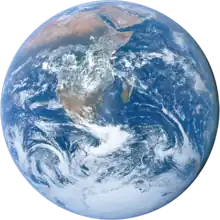 Geography portal
Geography portal -
 History portal
History portal -
 Mathematics portal
Mathematics portal -
 Science portal
Science portal -
 Society portal
Society portal -
 Technology portal
Technology portal -
 Random portalRandom portal
Random portalRandom portal -
 WikiProject PortalsWikiProject Portals
WikiProject PortalsWikiProject Portals


.svg.png.webp)
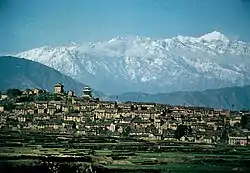
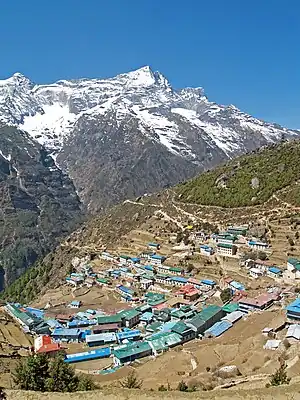
.jpg.webp)


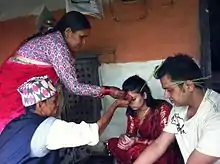

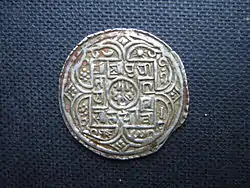
.jpg.webp)



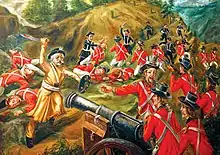
.jpg.webp)
.jpg.webp)





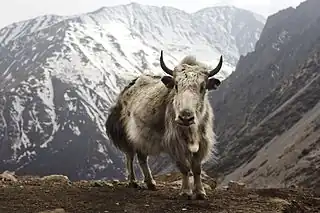
_(restoration).jpg.webp)

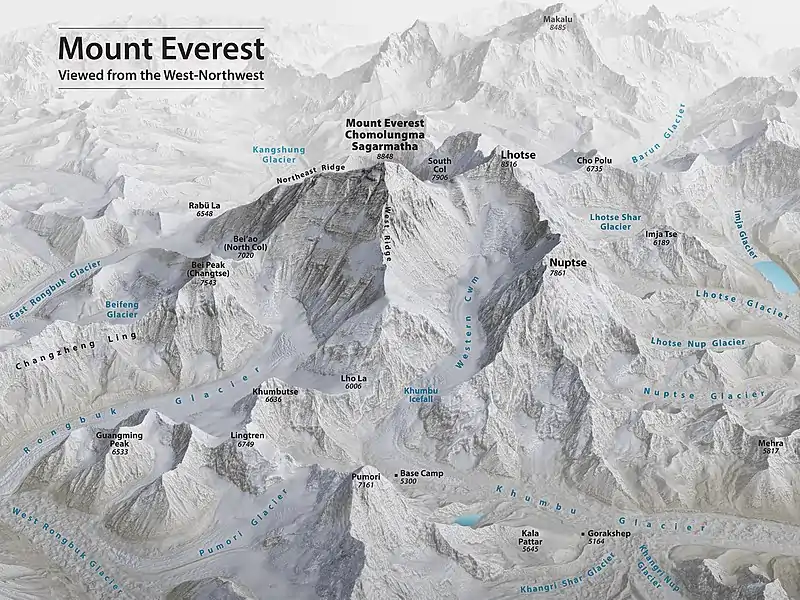

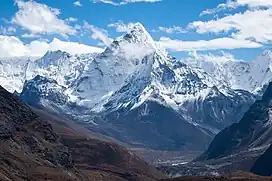

_4.jpg.webp)
_(restoration).jpg.webp)


%252C_male%252C_Gokarna.jpg.webp)
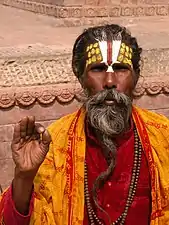
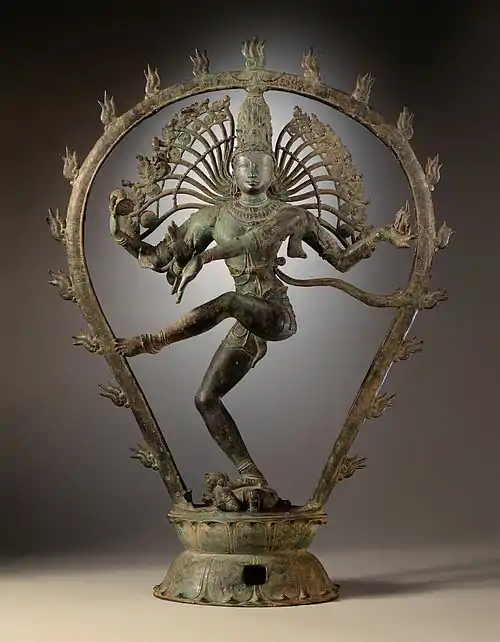
.jpg.webp)